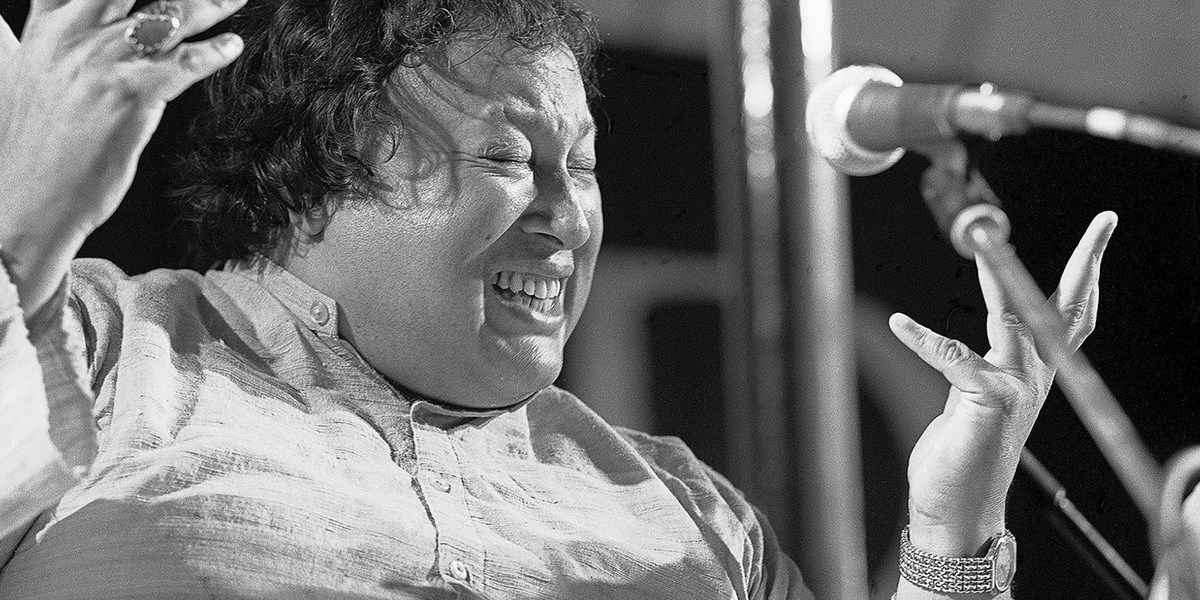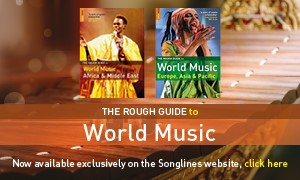Thursday, August 29, 2024
Nusrat Fateh Ali Khan: “He remains an enigma, to this day…what was that magic?”
Jameela Siddiqi plots the unprecedented international success of Nusrat Fateh Ali Khan, Pakistan’s ‘King of Kings of Qawwali’ and, for many, one of the greatest singers of all time

Nusrat Fateh Ali Khan at WOMAD in 1988

Register now to continue reading

Thanks for visiting the Songlines website, your guide to an extraordinary world of music and culture. Sign up for a free account now to enjoy:
- Free access to 2 subscriber-only articles and album reviews every month
- Unlimited access to our news and awards pages
- Our regular email newsletters

